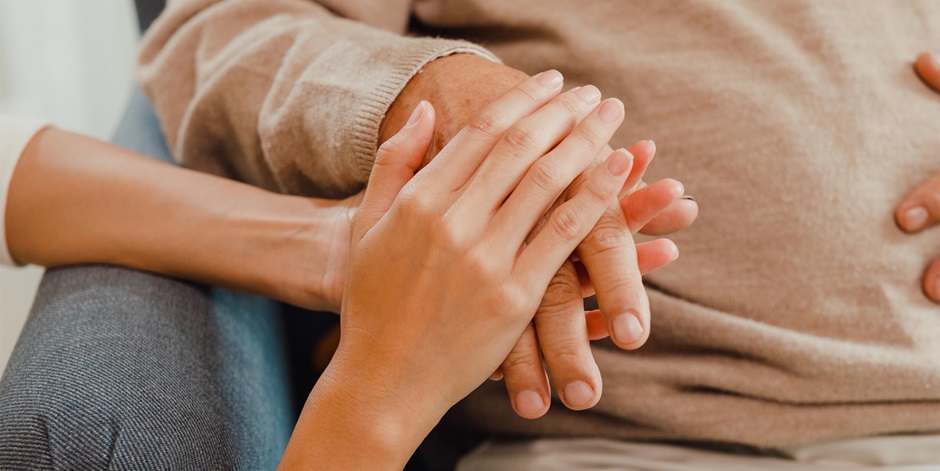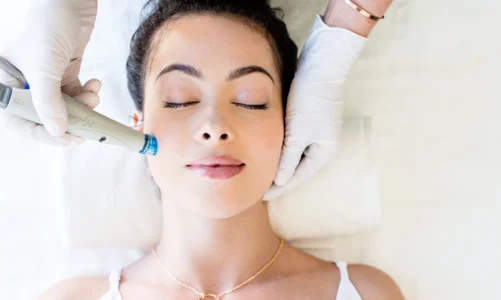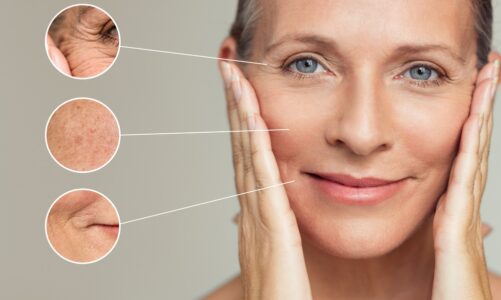Movement disorders refer to a wide range of neurological conditions that affect the speed, quality, and ease of movement. These conditions can appear in various forms, impacting millions of people worldwide each day, with symptoms ranging from mild to debilitating.
Understanding the available treatment options is essential to improving the quality of life for those affected. In this article, we explore some of the most common and effective treatments available today.
Types of Movement Disorders
Before diving into treatment options, it’s important to identify the various types of movement disorders. Common conditions include Parkinson’s disease, essential tremor, dystonia, Huntington’s disease, and ataxia. Each disorder has its unique set of symptoms, but they all share the common thread of disrupted movement.
Parkinson’s Disease: This progressive disorder affects motor function due to the degeneration of dopamine-producing neurons in the brain. Tremors, stiffness, and slowness of movement are typical symptoms.
Dystonia: Characterized by involuntary muscle contractions that cause repetitive movements or abnormal postures, dystonia can affect one part of the body or multiple areas.
Common Treatment Approaches
While there is no known cure for many movement disorders, there are a variety of treatment options available to help manage symptoms and enhance overall quality of life. Treatment plans are often tailored to the individual’s specific condition, and a multidisciplinary approach is commonly used, including medications, physical therapy, and sometimes surgical intervention.
1. Medications
Medication is often the first line of treatment for many movement disorders. These drugs aim to either replenish deficient neurotransmitters in the brain or address the overactivity of certain pathways that contribute to symptoms.
Dopaminergic Medications: For conditions like Parkinson’s disease, medications that increase dopamine levels or mimic dopamine, such as Levodopa, are commonly prescribed. These help control tremors, stiffness, and slow movement.
Muscle Relaxants: Medications like Baclofen or Diazepam can be used to reduce muscle stiffness or spasms, which are common in disorders like dystonia or spasticity in cerebral palsy.
2. Botulinum Toxin (Botox) Injections
For conditions like dystonia, where muscles contract involuntarily, botulinum toxin injections can be highly effective. Botox works by temporarily paralyzing the muscles, which helps alleviate abnormal movements or postures. The effects of these injections typically last for a few months, requiring periodic re-administration.
3. Surgical Interventions
In cases where medications and other treatments are insufficient, surgery might be considered. Deep brain stimulation (DBS) is one of the most common surgical treatments for movement disorders, especially Parkinson’s disease and dystonia.
Deep Brain Stimulation (DBS): DBS involves implanting a device that sends electrical impulses to specific areas of the brain, helping to regulate abnormal signals that cause movement issues. This can significantly improve symptoms such as tremors, stiffness, and slowness of movement.
Lesioning Surgeries: Though less common today, surgeries like thalamotomy or pallidotomy, which involve making small lesions in specific areas of the brain, can also help reduce tremors and muscle rigidity in some patients.
Treatment in Practice
While medications and surgeries offer significant relief, it’s essential to take a personalized approach to care. Each patient’s condition varies in severity, and the response to treatment may differ. Movement disorders treatment often requires ongoing adjustments, involving a team of healthcare providers, including neurologists, therapists, and sometimes dietitians, to provide the best care.
Many patients benefit from a combination of therapies, and having a strong support network can make a meaningful difference in coping with a movement disorder. Access to resources, education, and ongoing medical care ensures that patients and their families can manage symptoms and maintain as much independence as possible.
Holistic and Alternative Approaches
In addition to medical and surgical treatments, some patients benefit from complementary therapies that focus on overall well-being. These approaches are designed to enhance standard treatments and improve mental and emotional health, which can be deeply affected by movement disorders.
Mind-Body Techniques: Practices such as yoga, Tai Chi, and meditation can help improve balance, flexibility, and reduce stress, which often exacerbates symptoms. These techniques also promote relaxation and mental clarity.
Acupuncture Smyrna GA services offer targeted approaches for those seeking relief from movement disorders, with some patients experiencing reduced pain and muscle stiffness after sessions, making it a valuable complementary therapy alongside traditional medical treatments
Conclusion
Living with a movement disorder presents challenges, but a wide range of treatment options offers hope for symptom management and improved quality of life. From medications to advanced surgical interventions like DBS, there are solutions available for many individuals. While research continues to develop new therapies, the key is a comprehensive approach that addresses not only the physical but also the emotional and psychological aspects of living with these disorders.




